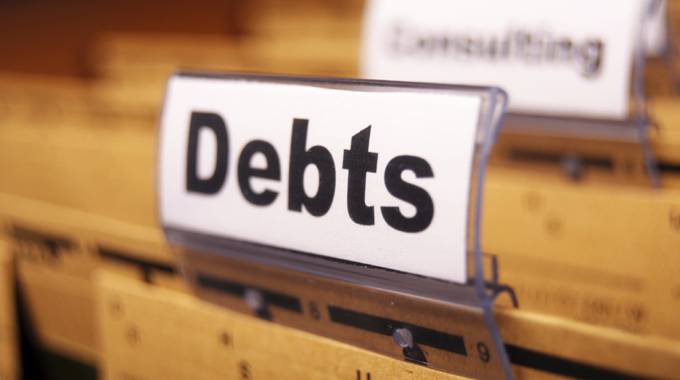Zim scores high on debt management transparency

Enacy Mapakame in Kariba
Zimbabwe has reasonably high ratings in the region in terms of debt management transparency according to the Open Budget Index (OBI).
A country’s budget transparency score, reflected on the OBI, assesses the public’s access to information on how the central government raises and spends public resources.
According to the Index, Zimbabwe is rated at about 48 percent, trailing behind South Africa and Namibia who are rated at about 87 percent and 52 percent respectively.
The global average transparency score for 2019 is 45 percent. Malawi, Tanzania, Zambia, Eswatini, DRC, Botswana and Mozambique come after Zimbabwe.
Responding to questions during the ongoing African Forum and Network on Debt and Development (AFRODAD) 2020 Summer School in Kariba, Reserve Bank of Zimbabwe (RBZ) deputy director policy and research division Dr Nebson Mupunga, acknowledged that there is still room for further improvement in terms of access to information on debt management. Dr Mupunga was speaking in his capacity as an independent consultant.
“Transparency in public debt management as depicted by open budget index is critical to help SADC countries make prudent borrowing and investment decisions that will not hinder sustainable financing of social expenditure needs,” said Dr Mupunga.
The country had been criticised for lack of information regarding public debt and it’s composition.
But recently, the new dispensation has been commended for putting more effort in making the information available for the public.
In March this year, Government, through the Ministry of Finance and Economic Development’s Public Debt Management Office published the first debt bulletin, a trend Government has vowed to maintain going forward. This has been described by experts as a milestone towards enhancing accountability and transparency.
According to Finance and Economic Development Minister Professor Mthuli Ncube, total public and publicly guaranteed debt is estimated at 78,7 percent of GDP by end of 2020, which is marginally above the SADC recommended threshold of 60 percent.
As at September 30, 2020, domestic debt was pegged at $12,5 billion, which is 1,2 percent of GDP and 1,8 percent of the total public debt.
“In 2020, domestic debt has been stable reflecting improved management of the fiscus together with some increased debt service repayments,” said the Treasury boss in his 2021 National Budget.
External debt is estimated at US$8,2 billion by end of September 2020, an increase of US$106 million from the end of 2019 amount of US$8,09 billion mainly on account of penalties and interest arrears.
Of the total external debt, 17 percent is owed by public entities according to data from Treasury.
Minister Ncube said arrears remained a major component of the external debt at US$6,3 billion, constituting 77 percent of the external debt.
By end of September this year, multilateral external debt was at US$2,65 billion, of which 90 percent were arrears.
Arrears to the World Bank Group are US$1,33 billion while those to the African Development Bank, European Investment Bank and other multilateral creditors stood at US$689 million, US$329 million and US$28 million in that order.
Minister Ncube added that bilateral external debt is estimated at US$5,56 billion which is 68 percent of public and publicly guaranteed debt with arrears accounting for 71 percent of total bilateral debt.
Debt owed to the Paris Club creditors was pegged at US$3,63 billion and Non-Paris club at US$1,63 billion.











Comments